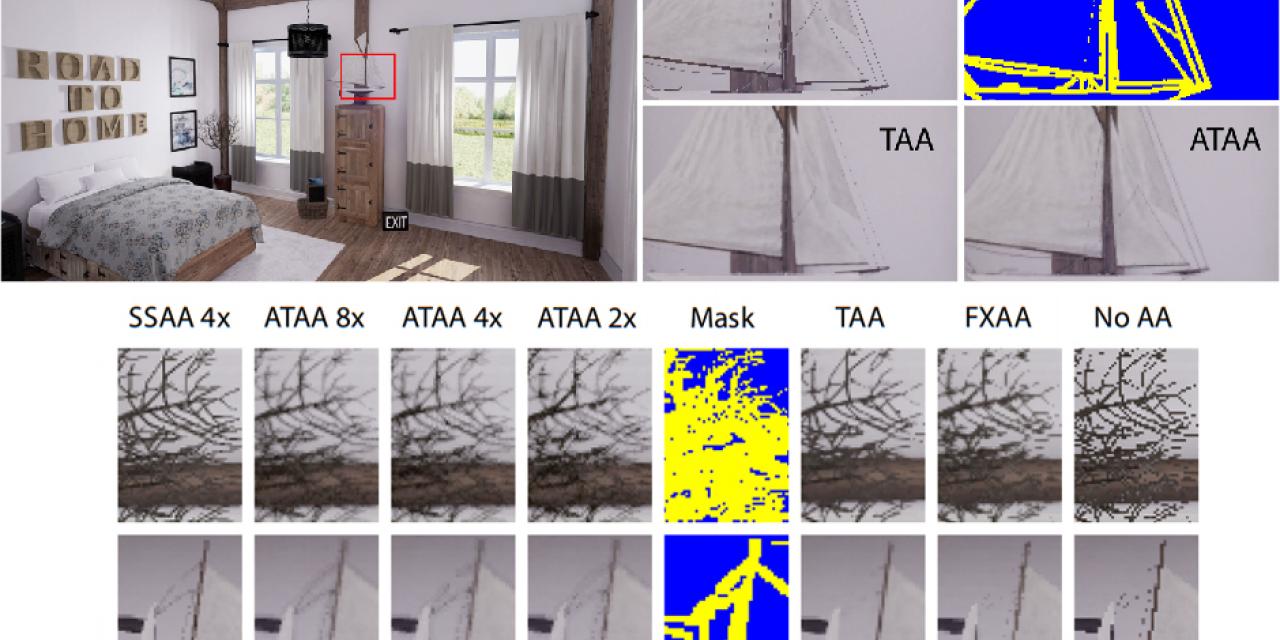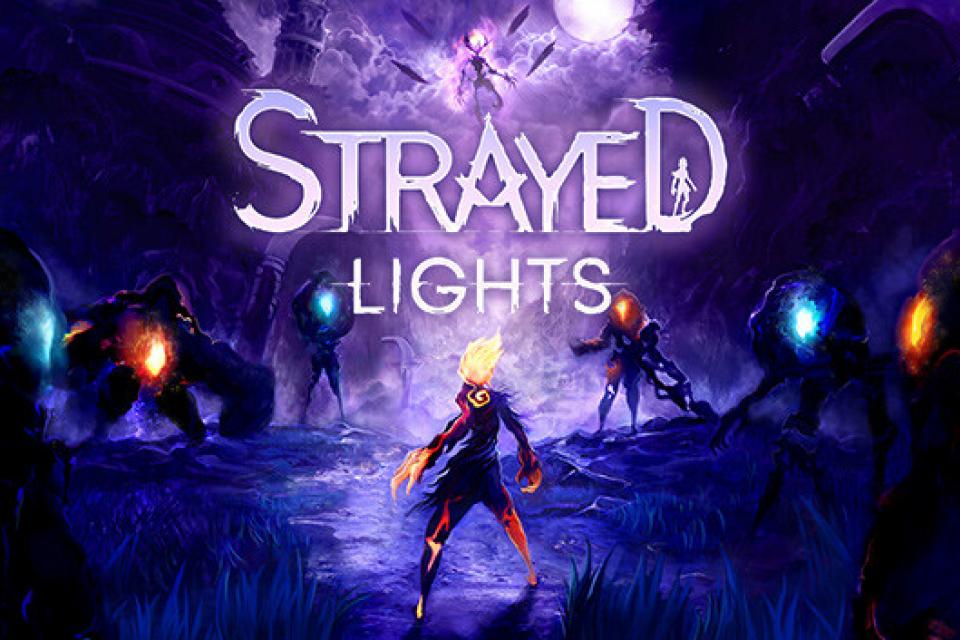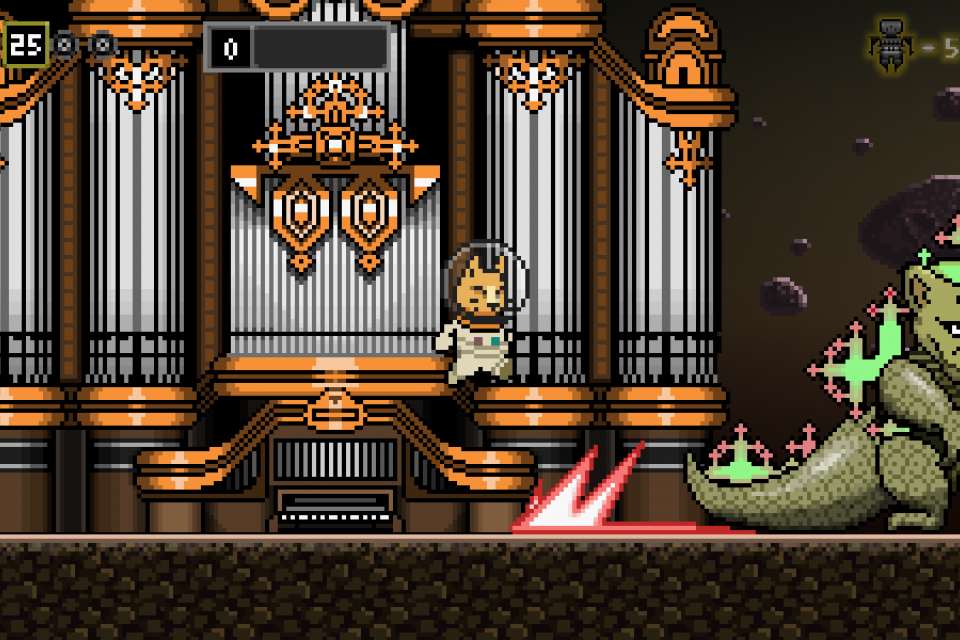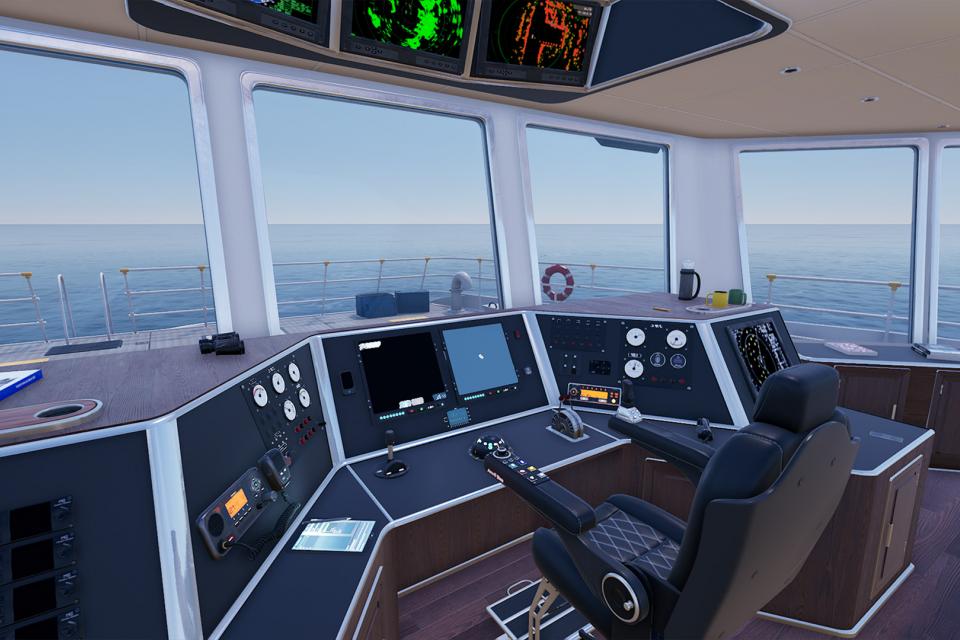
Nvidia has added a new wrinkle to its temporal anti-aliasing (TAA) technology in the form of ray tracing rendering. The newly designated Adaptive Temporal Anti-Aliasing (ATAA) can remove ghosting from scenes and reduces the blur effect often seen with heavy AA implementation. Better yet, this isn't a technology that requires some future high-speed graphics card. It's more than capable of being utilized by existing games using existing engines and existing hardware.
"We introduce a pragmatic algorithm for real-time adaptive supersampling in games," Nvidia explained, via Hexus. "It extends temporal antialiasing of rasterized images with adaptive ray tracing, and conforms to the constraints of a commercial game engine and today’s GPU ray tracing APIs. The algorithm removes blurring and ghosting artifacts associated with standard temporal antialiasing and achieves quality approaching 8× supersampling of geometry, shading, and materials while staying within the 33ms frame budget required of most games."
ATAA doesn't use ray tracing across an entire scene -- that would be much more resource intensive -- but it does apply it where it can be most effective, delivering a much cleaner, crisper (but not aliased) environment to the gamer.
That's not to say that it's simple though. In a test that Nvidia showed off of the new technology, it did use a Titan V graphics card. That likely means that we won't see this sort of tech in mainstream games for a few more years, but it's exciting to think that we're getting ever closer to a future where individual rays of light are rendered, rather than pre-baked solutions that are more generalized.








